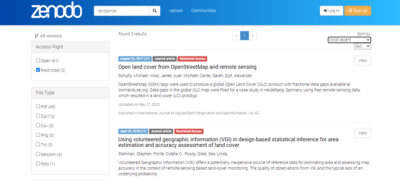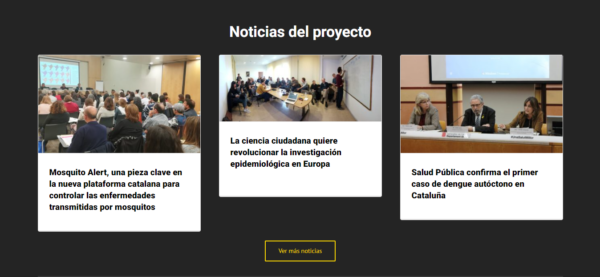Why is it relevant?
The incremental and regular release of outputs can help stakeholders develop a common understanding of the issue and solutions to it. In the long run, doing this may help stakeholders reorient the Citizen Observatory to new and emerging questions. For public authorities, such openness also facilitates the transparency, accountability and continuity of public participation.
How is this done?
Technology has changed the way knowledge and information is spread. When people invented printing and books, we had a tool for sharing knowledge that was costly to it in terms of writing and production, but this method could attribute the knowledge to its author. Now, moving forward into the increased use of online platforms and digital information, the outputs of Citizen Observatories can regularly be made open (publicly accessible) in the form of digested and impactful information that is useful and tailored for different stakeholders: citizens, scientists, and decision-makers.
Useful Resources
WEBSITE: The Open Knowledge Foundation lists data licenses which conform with the open definition
SCIENTIFIC PAPER: The paper “The FAIR Guiding Principles for scientific data management and stewardship” outlines the rationale behind the principles, and gives several examples of their use
WEBSITE: The Frontiers website offers detailed, peer-reviewed information and publications on citizen science methods
HANDBOOK: The Open Science Training Handbook provides a living handbook on open science training developed by the German National Library of Science and Technology. The focus of the handbook is how to spread ideas about open science most effectively.
GUIDELINES: The OpenAIRE Guides for Researchers. How to select a data repository? provides information and guidelines for selecting a data repository.
CATALOGUE: Re3data.org is a registry of research data repositories, containing useful information relating to open access data.
You may also be interested in:
I want to work with data…
…by sharing our Citizen Observatory data
I want to achieve impact with the Citizen Observatory results…
…by communicating the Citizen Observatory results effectively
…by adopting open data policies and standards
I want to ensure sustainability of the Citizen Observatory after the funding period…
…by accessing open funding calls
…by moving the infrastructure of the observatory into the cloud
…by collaborating with other Citizen Observatories with similar objectives
This work by parties of the WeObserve consortium is licensed under a Creative Commons Attribution-ShareAlike 4.0 International License. ![]()


